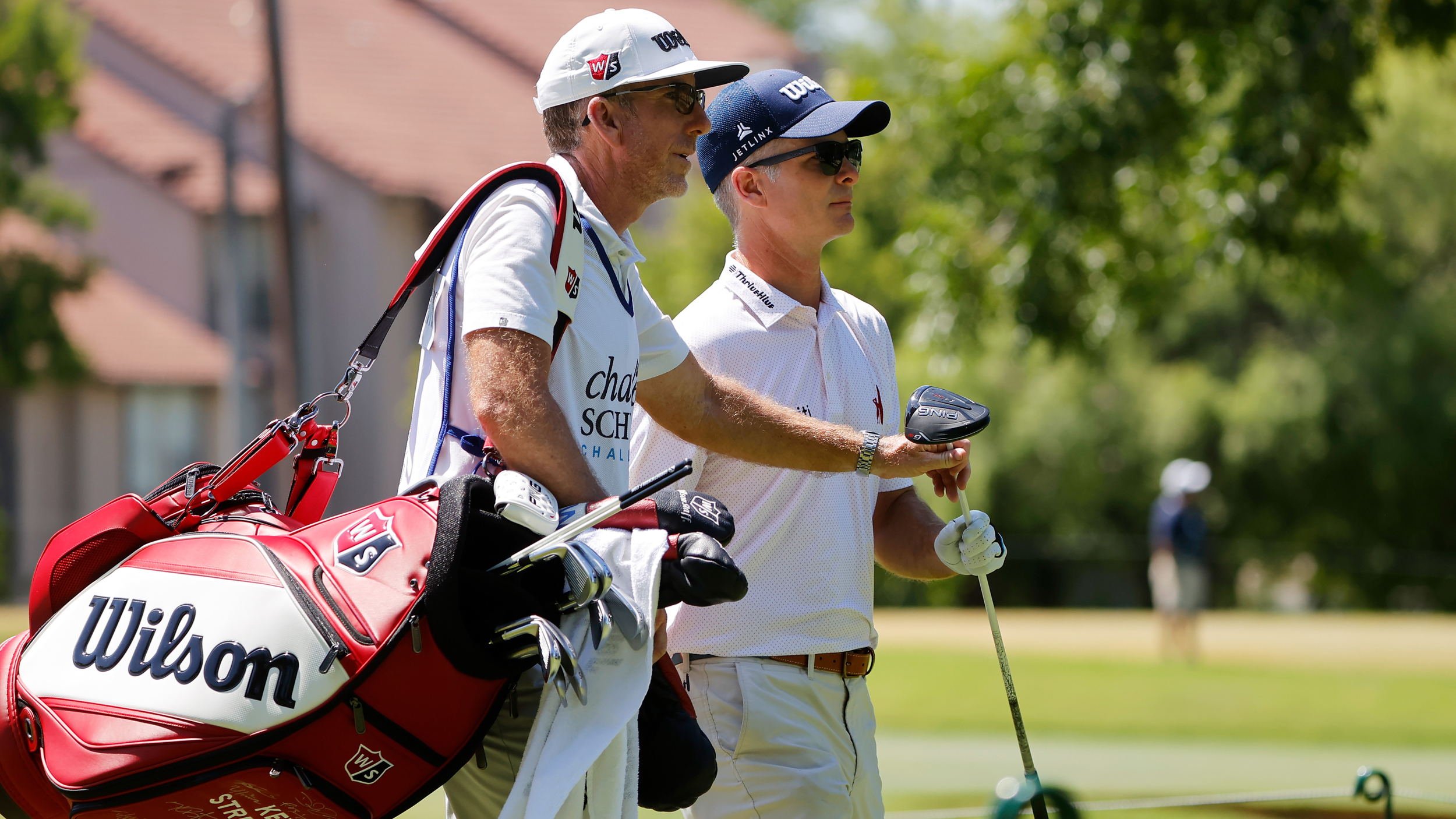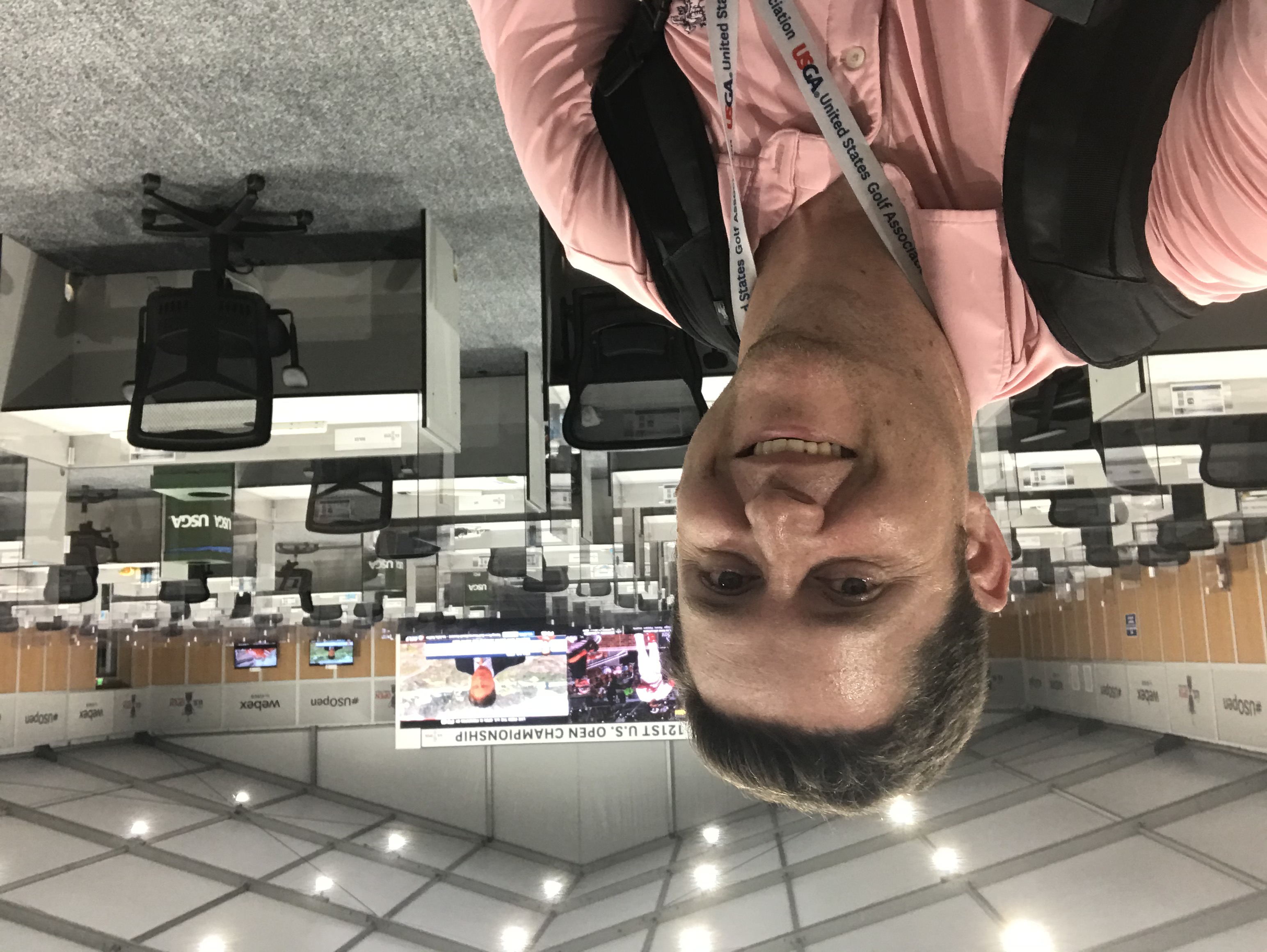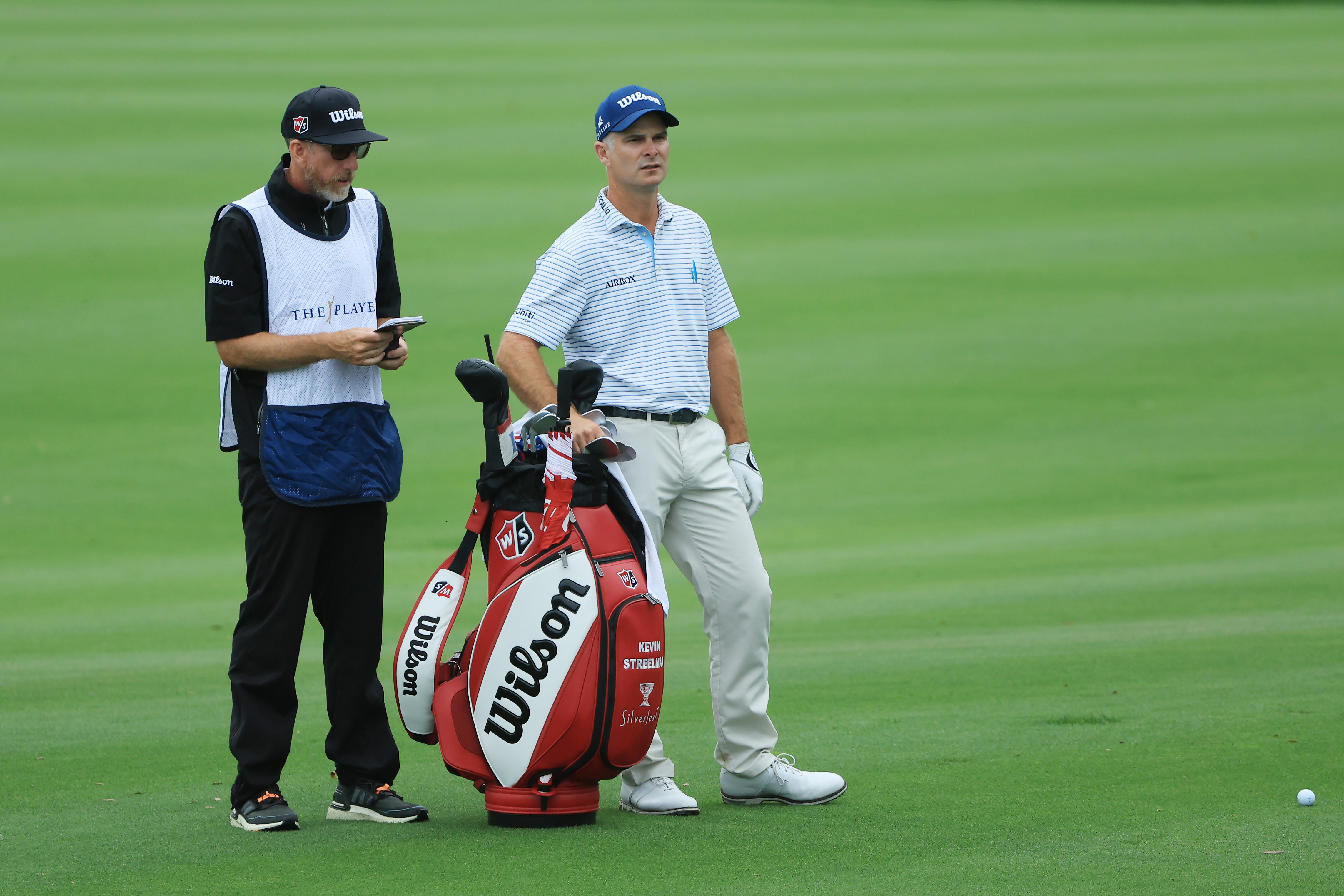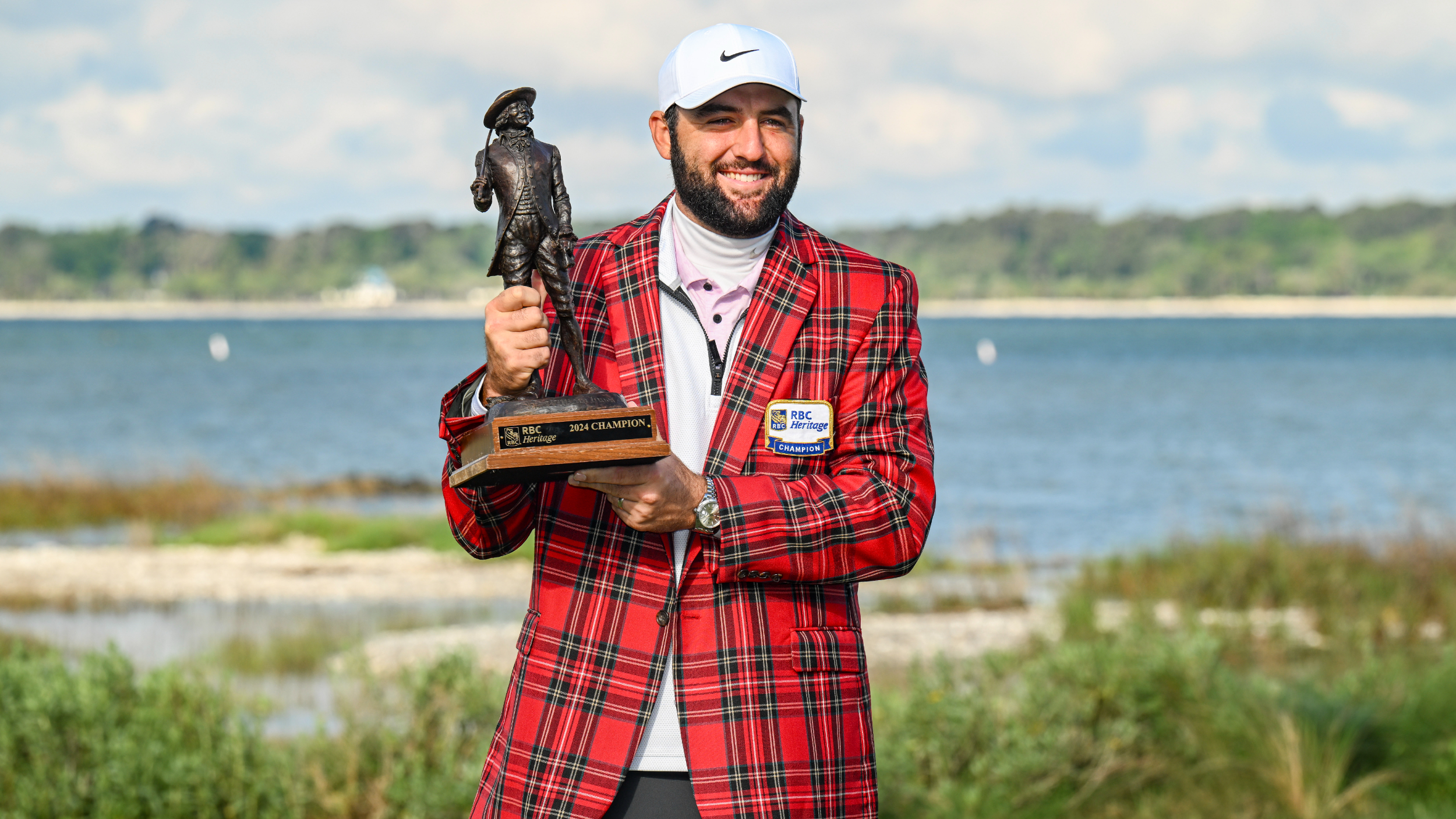How To Become A PGA Tour Caddie
There's no set way to get a bag on the top tier of professional golf. Here, a number of PGA Tour caddies explain...


If you’re a golf fan watching at home, you might dream of playing some of the big events in the game, who wouldn’t? We also know the caddies get the inside the ropes experience and a front row seat each week as well. Their job in a way is the next best thing if one doesn’t make it as a pro. So how does one get started in caddying on the PGA Tour?
“If you love golf, you've just got to go find the guys who are just turning pro,” veteran caddie Danny Sahl, who loops for Corey Conners, said. “It's almost like you're investing in your own career, you've got to invest in your career. You might struggle to get a guy and sometimes you just got to luck out and get with your buddy or maybe find somebody you know. But if you love golf then you've just got to put your name around and maybe get your start up in Canada on that Tour or anywhere you can find.”
A recent development in the caddie ranks is when players have a college buddy or old friend on the bag.
“There’s a couple guys who are buddies or friends who went to college with a guy who made the Tour, and they will get the call up because they’re somebody that the player feels comfortable with and knows,” caddie Michael Bestor (Kevin Streelman) said. “They know golf and they just learn caddying on the fly.

Michael Bestor, current caddie for Kevin Streelman, has been on the bag for the likes of Steve Elkington, Mike Weir, Paula Creamer, Geoff Ogilvy and YE Yang
When people ask Bestor how they can get into caddying on the PGA Tour, his response is consistent.
“I get asked that a lot and there’s a bunch of different avenues. I can just speak from my experience. I was always around the game and played in school and had a good knowledge base,” Bestor said. “I was working at a course in Palm Springs as a club caddie and trying to play on Tour myself and there were a couple of guys who caddied on the ladies Tour professionally and then in the wintertime they worked in the desert at my club just to supplement their income. There was a player that needed a caddie in Los Angeles early in the year and they hooked me up with a job because they knew I was around the game a lot.”
Bestor learned professional caddying’s ropes by taking that opportunity on the LPGA Tour and appreciated that avenue. He also knows there are quite a few ways to get to the PGA Tour.
Get the Golf Monthly Newsletter
Subscribe to the Golf Monthly newsletter to stay up to date with all the latest tour news, equipment news, reviews, head-to-heads and buyer’s guides from our team of experienced experts.
“You want to learn quickly what pros want from you as far as information goes, and that knowledge can only be gained basically by caddying for pros themselves,” Bestor said. “A lot of guys I know start on Monday qualifiers and see if someone needs a caddie there. Others start on the ladies Tour or Korn Ferry Tour. Working in the parking lot and stuff like that are other ways to get in the door as well, but it’s a catch 22 because you can’t really make that much money. So it’s something that you really have to dive in full-time and put in your hours but then also realize for the next year or two, I’m not going to make any money, so you kind of need some money saved up to get into the pro thing.”
Veteran caddie Brennan Little suggests to look for where there might be opportunity with some pros, as not all have full-time loopers.
“There's some players who don't have a regular person every week. You can sometimes show up, there's going to be guys getting in a tournament last minute or alternates,” Little said.
”If you want to do it, you can get a job. If you don't know anybody then I would try to get a job on the ladies Tour and show up at the web events [Korn Ferry Tour] and bust your rear for a while and players know when caddies work hard or not, if you've put in the time.”
As important as Little’s advice is to be assertive in your caddying and networking, there is an unwritten rule about caddying and the search for a new job. We’ll let Bestor explain.
“It’s still kind of an unwritten rule as a caddie that you don’t go up to a player that presently has a caddie. You’re kind of looked down in the caddie world if you start approaching players like that,” Bestor said.
So then in a profession with little guarantees, how does one keep up to speed on which players are looking for a new looper and how do you put your hat in that ring?
“A lot of times openings happen when a player confides in a swing coach or agent and says ‘it’s not working well with my caddie right now, keep your ears open’ and then they start putting feelers out saying ‘if this job were to open up, would you be interested?’ and that’s how a lot of the moves are made right now,” Bestor said.
David Clark (Justin Rose’s caddie) was a former player when he got into caddying twenty years ago, and he sees the process of getting into caddying these days as very challenging.
“Getting into it now, it’s very tough these days, I saw that because I think people want to see a caddie with a reputation, and a caddie who has a CV of someone who knows what they’re doing,” Clark said. “In my opinion, there’s so many great players out here who if they lean on somebody in a certain moment, it could totally reshape their career, that’s how important caddies are.”

Garrett Johnston is a golf reporter and presenter who’s covered pro golf for 12 years including over 30 majors. His goal each year is always to “grow with the rookies” on Tour. The idea is to get to know the superstars before they become household names. Tony Finau, Gary Woodland, and Patrick Reed are just some of the players Johnston has covered from their early pro careers for their hometown newspapers. Johnston’s favorite event is always The Open, and he credits his unforgettable experience covering the 2015 Open at St. Andrews where he got to interview Tom Watson (in his final Open) and winner Zach Johnson exclusively throughout the week as his favorite event so far. Johnston has also developed a strong rapport with Tour caddies and regularly contributes to Caddie Network and Golf.com. He also has his own podcast: Beyond The Clubhouse
-
 RBC Heritage Prize Money Payout 2025
RBC Heritage Prize Money Payout 2025Scottie Scheffler defends his title at Harbour Town in the latest of the PGA Tour’s signature events
By Mike Hall Published
-
 The Last Time Rory McIlroy Won A Major (Prior To The 2025 Masters)....
The Last Time Rory McIlroy Won A Major (Prior To The 2025 Masters)....We wind the clock back to the year 2014, when Rory McIlroy was the heir-apparent to Tiger Woods
By Michael Weston Published